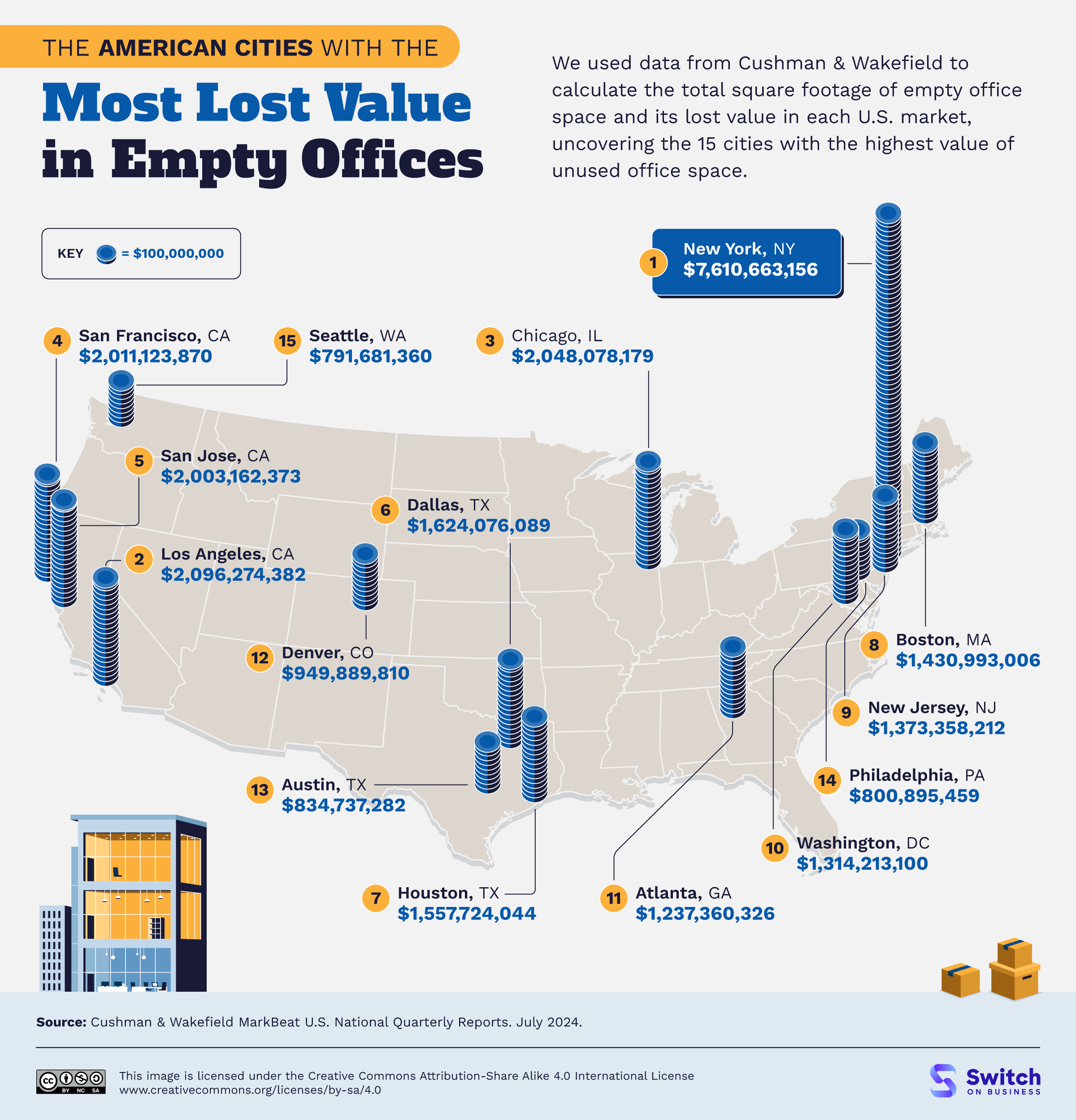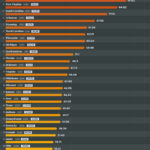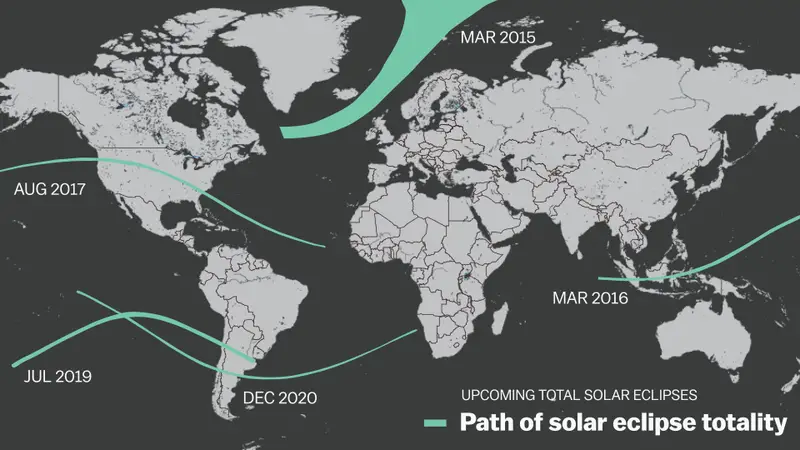Detroit land bank activities from January 2014 to September 2015
Since Mayor Mike Duggan took office, the City of Detroit has made tremendous strides in removing blighted structures. Thousands of vacant homes have been removed at a more rapid pace than ever before in Detroit’s history. In order to better understand the positive economic impact of these demolitions, the Skillman Foundation and Rock Ventures commissioned an impact study to evaluate the economic effect of the recent demolitions.
The study found that each demolition in the Detroit Hardest Hit Fund target areas increased surrounding occupied home values by an estimated 4.2%. Cumulatively, the home equity impact of all demolition activity was calculated at $209,000,000. More details can be found in the reports below.
The 2014 Detroit Blight Removal Task Force report identified 40,077 blighted structures, and an additional 38,429 structures with strong indicators that they would become blighted in the future.
The map above illustrates properties in need of intervention as defined by the blight removal task force. The blue properties are those which the task force recommended for removal, the green properties require further research and community engagement to determine which blight remediation technique is appropriate.
78,000 structures, 29% of all structures in the city, are in need of intervention in order to restore neighborhoods, attract investment, and stabilize decades of decline.
Funding for blight elimination is challenging to find. In 2010, the US Treasury’s Hardest Hit Fund Program (HHF) made $7.6B available for foreclosure prevention in 18 states. As a result of research indicating that targeted demolition helps preserve property values and prevent foreclosures, Michigan was allowed to reprogram a portion of its HHF allocation for blight elimination. To date, Michigan has programed $175M for blight elimination, with the city of Detroit receiving $107.3M for demolition. The Hardest Hit Fund’s represent the largest source of funding for bight elimination.
Source: www.demolitionimpact.org









